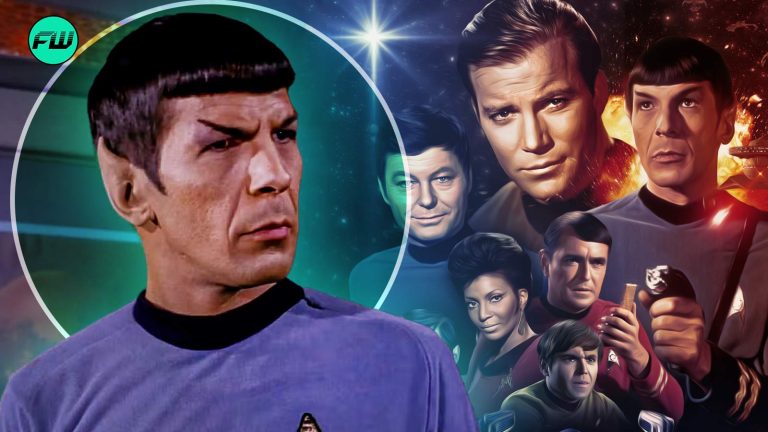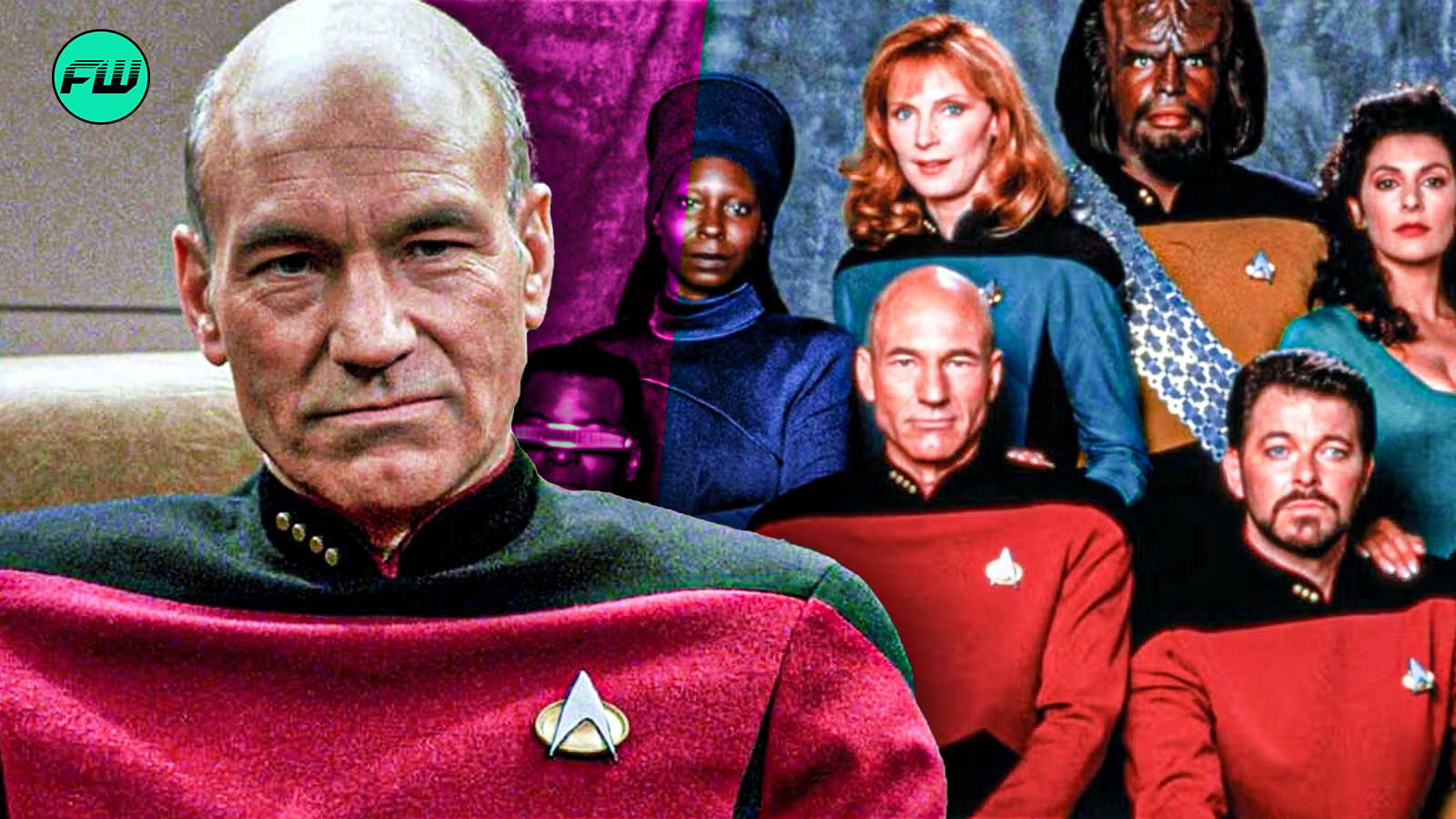
Star Trek: The Next Generation was never afraid to explore big ideas, but not every episode from its early seasons has aged well. However, one episode from Season 3 stands out as an exception. Originally airing in 1990, Tin Man was praised at the time for its strong sci-fi storytelling, but today, it holds even greater meaning.
What seemed like just another space adventure now feels like an early, thoughtful look at neurodiversity, long before most TV shows even considered the topic.
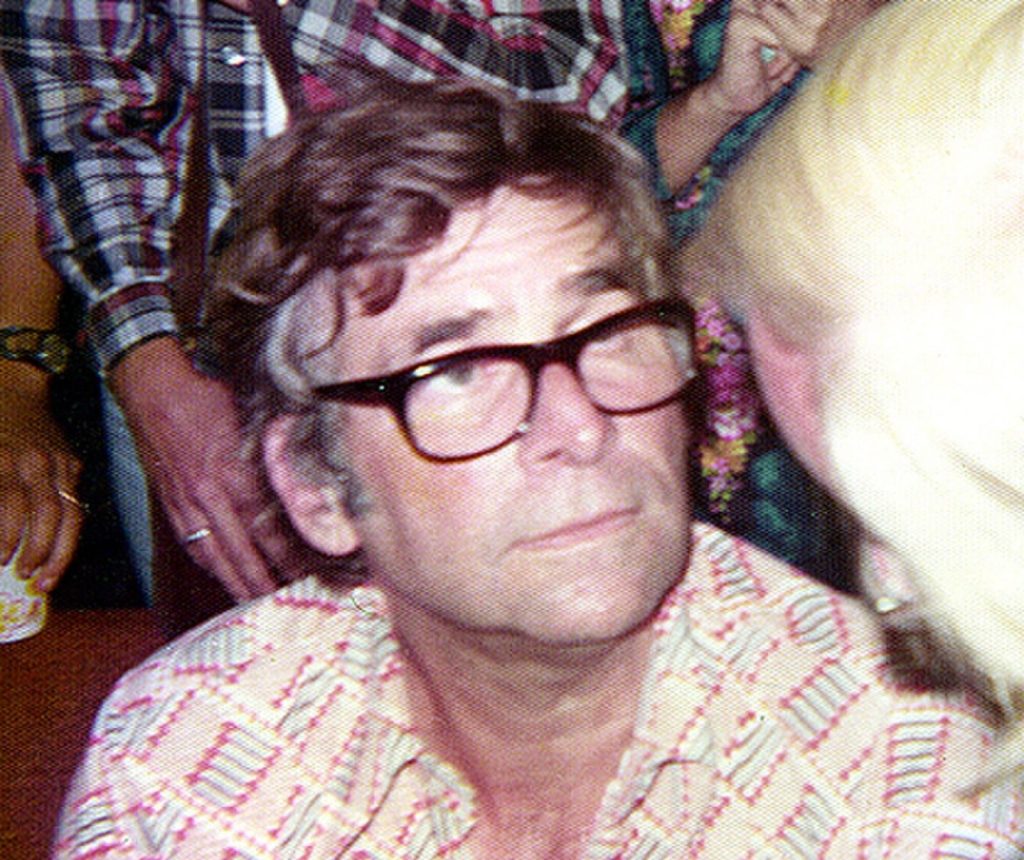
Without calling attention to itself, TNG told a story about isolation, connection, and what it means to truly belong. And in doing so, it honored Gene Roddenberry’s vision in a way that still resonates more than 25 years later.
What makes Tin Man so special in the Star Trek universe?
Star Trek has always been more than just a sci-fi show as creator Gene Roddenberry believed in exploring big ideas and representing people who often felt unseen. He imagined a future where everyone, no matter how different had a place and a purpose.
In the late 1980s and early 1990s, autism and neurodiversity were rarely talked about in mainstream media, but Star Trek: The Next Generation took a bold step with an episode that feels ahead of its time.
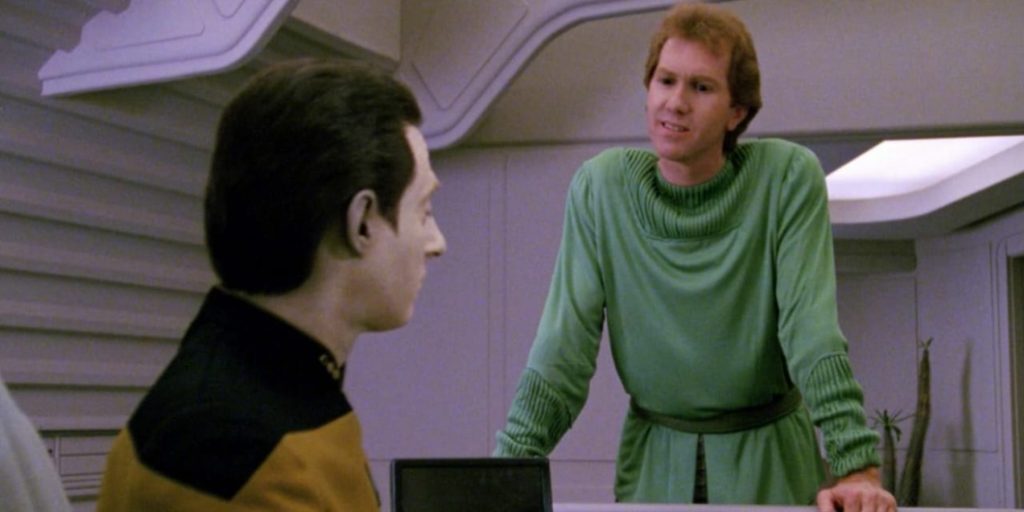
Season 3, Episode 20 titled Tin Man was not just a great sci-fi story but also an early and thoughtful look at what it’s like to be autistic. The episode follows Tam Elbrun (played by Harry Groener), a telepath who struggles to fit into Starfleet because of how his mind works. He is sent to communicate with Gomtuu, a living spaceship near a dying star. While his abilities make him uniquely suited for the mission, his difficulties with social interaction create tension with the crew.
As the Romulans try to seize control of Gomtuu, Tam forms a deep connection with the bioship. In the end, he chooses to stay with it, finally finding a place where he feels understood. At the time, Tin Man was praised for its sci-fi elements, but today, its handling of neurodiversity stands out. Many older portrayals of autistic characters in media either made them seem broken or gave them almost magical abilities.
But Tin Man does something different as it shows that Tam is just different, neither a genius nor a failure, just someone who struggles to fit into a world that doesn’t work the same way he does. A Reddit user recently pointed out how well Tin Man has aged, saying that the episode resonates deeply with autistic people.
This episode fits perfectly with Roddenberry’s vision for Star Trek. From characters like Spock and Data, Star Trek has always included characters who don’t quite fit in but are never treated as lesser beings. They aren’t broken; they simply experience the world differently and Tam Elbrun continues this tradition.
Even though it was written decades ago, it still speaks to people today. More than 25 years later, it remains a powerful reminder that Star Trek was always ahead of its time.
How did Wil Wheaton’s decision to leave Star Trek shape his future?
In 1986, when Star Trek: The Next Generation was still being developed, the character of Leslie Crusher was originally planned to be a 15-year-old girl with an amazing memory and a strong mind, who could easily join Starfleet. But as the show developed, Leslie became Wesley, a teenage boy, inspired by Gene Roddenberry’s own teenage years (his middle name is Wesley).
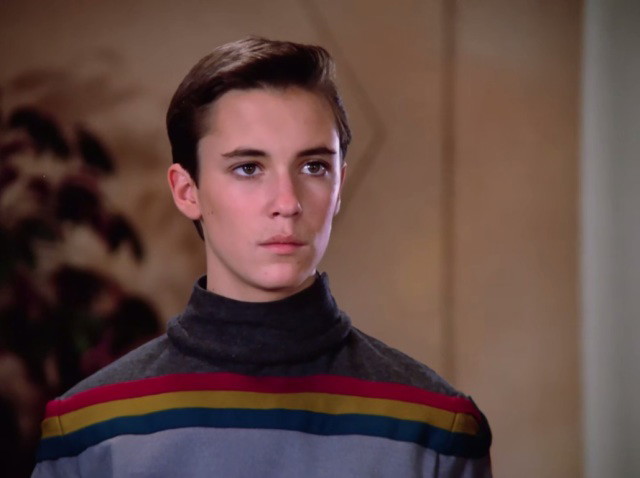
While Wesley was smart and well-behaved, he wasn’t always loved by Star Trek fans. Many people thought he seemed like a teacher’s pet because he always helped out and often solved difficult problems. Fans found it hard to believe that a 15-year-old could always outsmart the experienced crew members of the USS Enterprise. When Wesley left the ship to join Starfleet Academy, it was seen as a way for him to grow and become more flawed.
Wil Wheaton, who played Wesley, was already a known actor from movies like Stand By Me. He appeared in 85 episodes of TNG, mostly in the first three seasons, before leaving after the fourth season’s episode titled Final Mission. His departure surprised many fans, especially since Star Trek was so popular at the time. Wheaton explained in a 1996 interview via EW that he left because he wanted to try new things in his film career.
After leaving TNG, Wheaton took a break from acting and moved to Topeka, Kansas, where he worked for a software company and went to college. Although he later returned to acting, he found it hard to escape the stigma of being Wesley Crusher.
You can watch Star Trek: The Next Generation on Netflix and Prime Video.
This post belongs to FandomWire and first appeared on FandomWire
